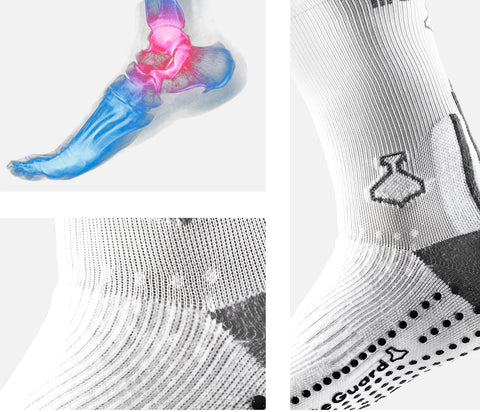
What is sensory feedback?
By: Nicklas Falkesgaard Pedersen, Physiotherapist at Protreatment
Sensory feedback is an umbrella term for all the stimulus we receive in our body and make our brain aware of our body. Therefore, we use and need these stimuli to ensure that our brains can register and perceive our bodies. The sensory feedback is crucial to our ability to use and navigate our body.
This navigation happens via our motor skill response to the sensory feedback our body has given. The motor skill response is the action/ the movements we make on the basis of the collected feedback. You could look at the sensory feedback as the input into our computer (aka our brain) and the motor skill response as the output, or the act that happens on the basis of the input.

We receive the sensory feedback from several different places. This could for example be via our vision, from our joints/ligaments, touch/ pressure on the skin and pain receptors to name a few.
However, it is much more complex than you might think. Every single action you perform is the result of a never-ending number of stimuli in a constant flow, that together is registered and processed in the brain into an action. The more stimuli and the more input via sensory feedback the brain receives, the more it is able to react with an action in a better, faster and more precise way.
The simplest example of sensory inputs is standing on one leg. Most of us can handle this in a given time without any issues. The ability to stand on one leg is dependent on a large number of sensory inputs.
However, if you decrease the number of inputs this task suddenly becomes a lot harder. For example, if you try closing your eyes while standing on one leg, it becomes nearly impossible for you to hold your balance for more than a few seconds. This is due to one thing; your brain receives fewer sensory inputs to solve the task and the results can show for this.
In our Pro-Tech sock (view all socks here) we have attempted to increase the sensory feedback you receive around your ankle via the built-in technology in the sock. By making the sock tighter in smaller areas and inserting small pressures/ stimuli we wish to increase the sensory input, so that your brain has the best conditions to perform an action. Specifically, we wish to increase your possibility of protecting your ankle when training, since the increased sensory feedback gives you a better sense of your foot’s position. This is especially useful if your foot is on its way to an extreme position that can potentially be injurious.




Leave a comment
This site is protected by hCaptcha and the hCaptcha Privacy Policy and Terms of Service apply.